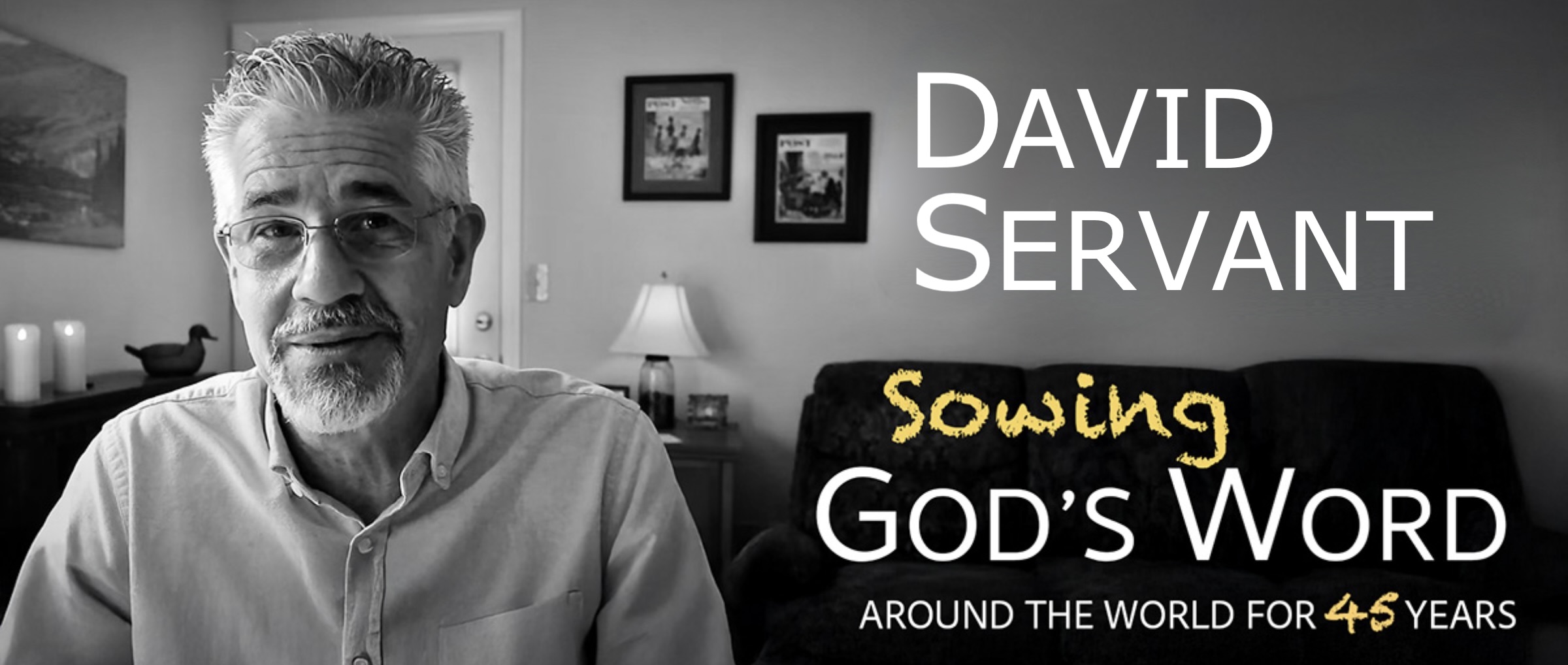Modern church facilities that copy the American model are expected to have, at a minimum, enough divided space to provide separate rooms for separate ministries to all age groups. In the early church, however, special segregated ministries for men, women, and all age groups of children were unheard of. The church was unified in every sense, not fragmented in every sense. The family unit was kept together, and parental spiritual responsibility was reinforced by church structure, rather than eroded by it as it has under modern church structure.
Does a church building contribute to the making of disciples or hinder it? Historically, disciple making throughout the centuries has succeeded better without them, and for many good reasons.
Meeting in houses, as did the early church for the first three centuries, where a joy-filled meal, teachings, songs, and spiritual gifts were shared for probably three to five hours, provided an environment for genuine spiritual growth for believers. Members of Christ’s body felt like participators, as they sat facing each other, rather than how modern church attendees feel—like spectators in a theater, seated to look at the backs of each other’s heads while trying not to miss the show on the stage. The casual atmosphere of a common meal led to transparency, authentic caring relationships and true fellowship, of no comparison to modern “fellowship,” which too often is little more than a shallow shaking of hands with complete strangers in the next pew when the pastor gives the cue.
Teachings were more like question and answer sessions and open discussions among equals, rather than lectures given by those who wore odd clothing, spoke in theatrical voices, and stood high above the polite (and often bored) audience. Pastors didn’t “prepare a weekly sermon.” Anyone (certainly including the elders/pastors/overseers) might receive a teaching that the Holy Spirit gave.
When a house became cramped, the elder(s) wouldn’t think of obtaining a bigger building. Rather, everyone knew that they had to split into two house meetings, and it was just a matter of finding the mind of the Spirit regarding where the new meeting should be held and who should provide the oversight. Fortunately, they didn’t have to collect resumes’ of strangers and church-growth theorists in order to scrutinize their philosophical or doctrinal slant; there were already aspiring overseers right among them, who had on-the-job training and already knew the members of their future little flock. That new house church had the opportunity to reach out evangelistically in a new area, and demonstrate to unbelievers what Christians were—people who loved one another. They could invite unbelievers to their meetings as easy as inviting them over for a meal.

